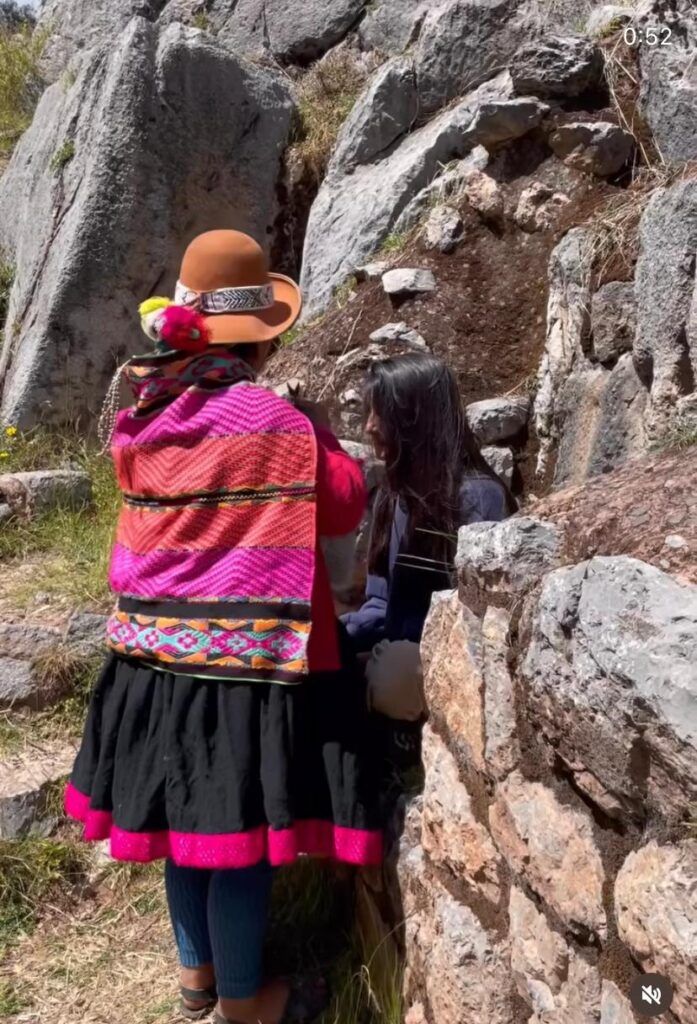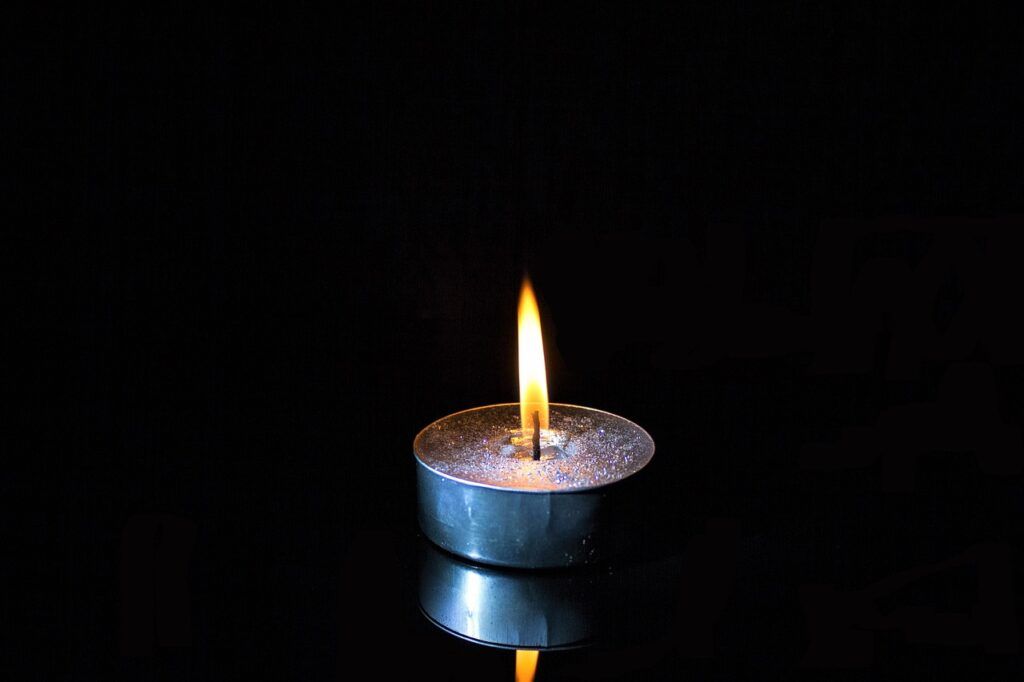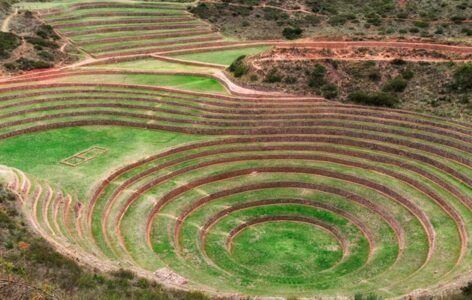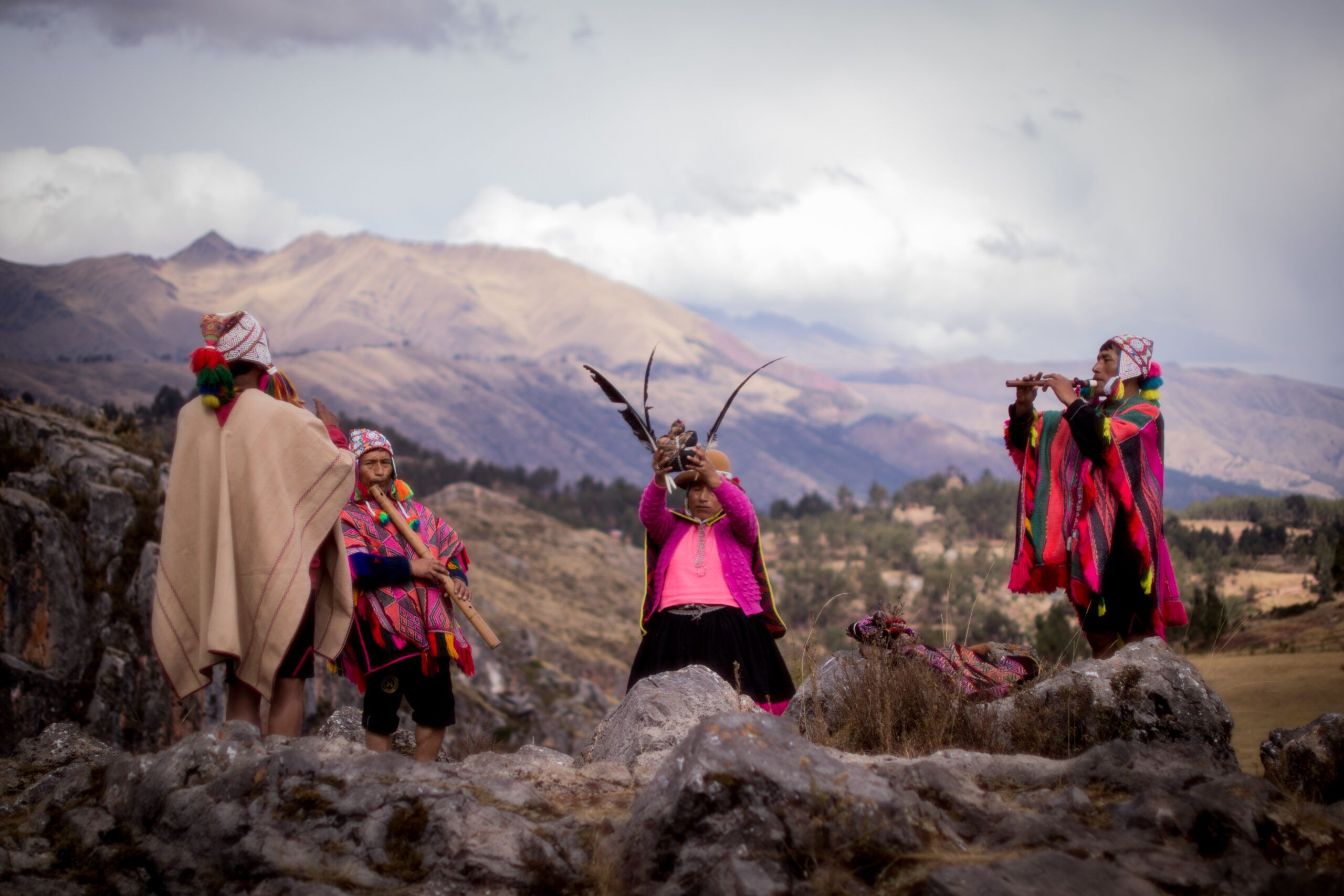In the Andean spiritual path, death is not feared—it is welcomed as a necessary teacher. Before we can be reborn into a higher version of ourselves, the rebirth of our new us: identities, beliefs, relationships, and ways of being that no longer serve must dissolve.

This disintegration is not a metaphor—it is an energetic, emotional, and spiritual process. It often begins with a crisis, a loss, or a call from the Apus that we can no longer ignore. In the language of initiation, this is known as despachar lo viejo—offering the old self to Pachamama.
Initiation in the Andes: A Path of Real Rebirth
In traditional Andean teachings, initiation is not a title—it is a rite of passage that changes your vibration, your body, and your perception of reality. It comes when the spirits, not the ego, say you are ready.

This process is marked by:
- Loss of certainty or personal control
- Cleansing of emotional wounds and stored hucha
- Sacred solitude, often in nature
- Dreams and visions from Ukhu Pacha
- A final surrender to the unknown
“What dies is the false self—the one you built to survive. What rises is the true self—the one that came to serve.”
(Miro-Quesada, 2010)
Signs You Are in Disintegration
- You feel emotionally raw, exhausted, or confused
- You no longer fit into your relationships or roles
- Symbols, animals, or dreams appear with intensity
- You feel grief for parts of yourself you once loved
- You experience physical detox, disorientation, or heightened intuition.

This is not depression or failure—it is initiation. It is the sacred undoing before becoming.
Ceremonial Death: Offering the Old to the Fire and the Earth
In Andean rites, death is honored through rituals of release.

Practitioners will:
- Enter ceremonial solitude to fast, pray, and wait
- Write and burn stories that no longer serve
- Bury objects or names in the Earth as offerings
- Create despachos dedicated to disintegration
- Ask the Apus to witness the death of the old self
These rituals are not performances—they are soul technologies.
“To die consciously is to live without fear.”
(Wilcox, 2004)
The Symbol of the Snake: Shed to Evolve
The amaru (sacred serpent) in Andean tradition is a symbol of deep transformation. Just as the serpent sheds its skin, the initiate must let go of all that binds them to the past. This often includes:

Family expectations
Cultural identity
Spiritual roles or titles
Attachments to safety or superiority
This is painful, but necessary. The serpent does not grieve the skin—it sheds and moves forward.
Rebirth: When the Soul Remembers Its Purpose
After the disintegration, something quiet begins to emerge. The soul, now emptied of illusion, begins to remember what it came here to do. This stage is marked by:

Rebirth in the Andean path is not a “better version of you.” It is the true one—the one who can now walk in Ayni with all beings.
Bibliography
- Miro-Quesada, O. (2010). Lessons in Courage: Peruvian Shamanic Wisdom for Everyday Life. Boulder: Sounds True.
- Wilcox, J. (2004). Keepers of the Ancient Knowledge: The Q’ero Mystics of Peru. Vermont: Inner Traditions.
- Núñez del Prado, J. (2009). The Andean Cosmovision. Cusco: Willka Nina Press.
- MacLean, K. (2012). The Shape of the Inka Heart. UK: Heart of the Andes Press.
- Oral Teachings of the Q’ero Lineage (2000–2020)



